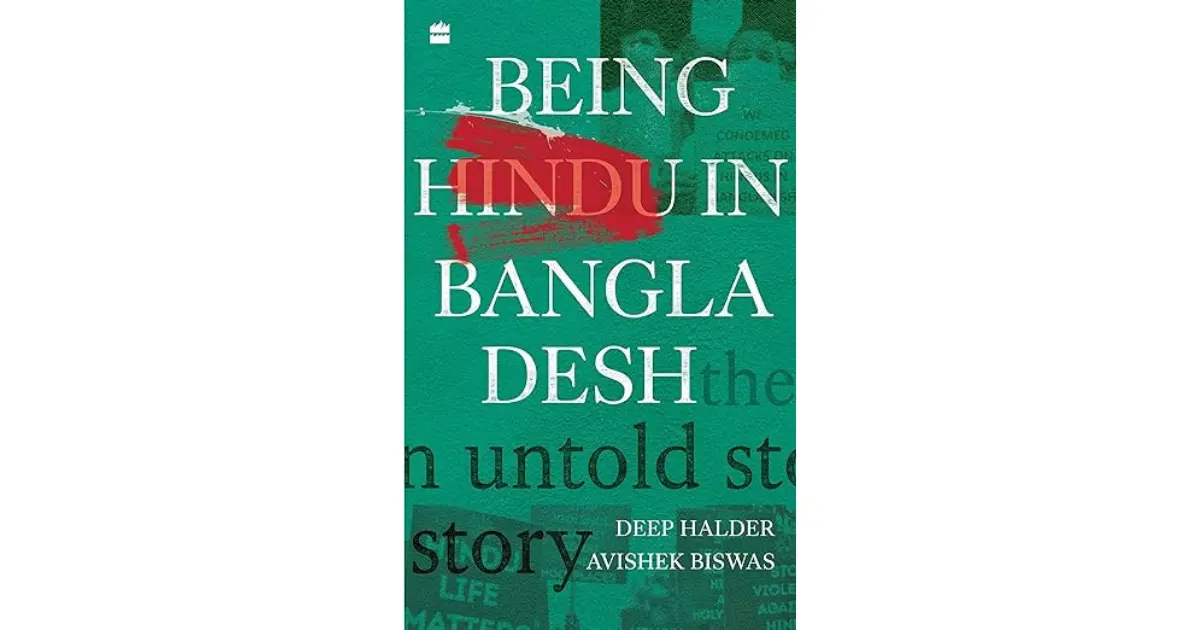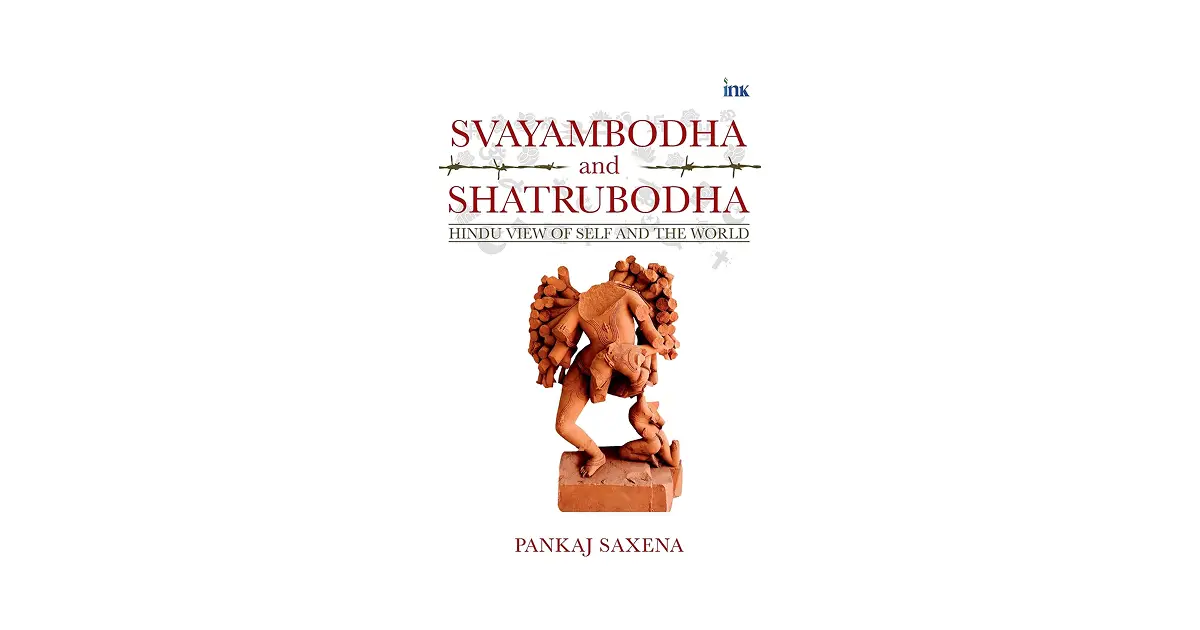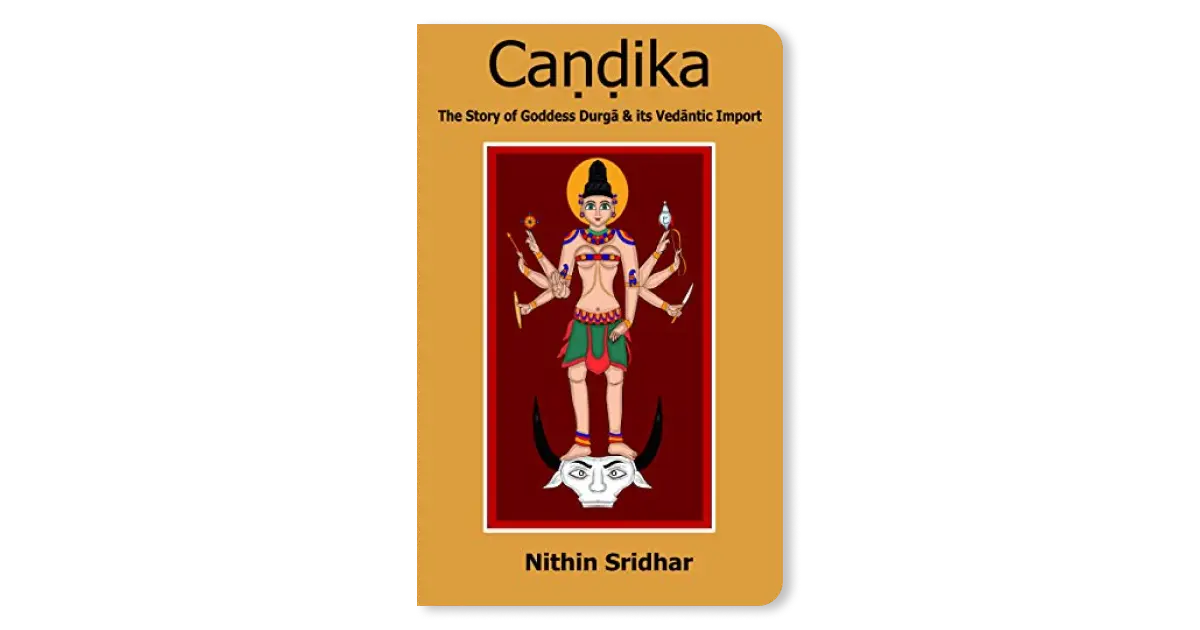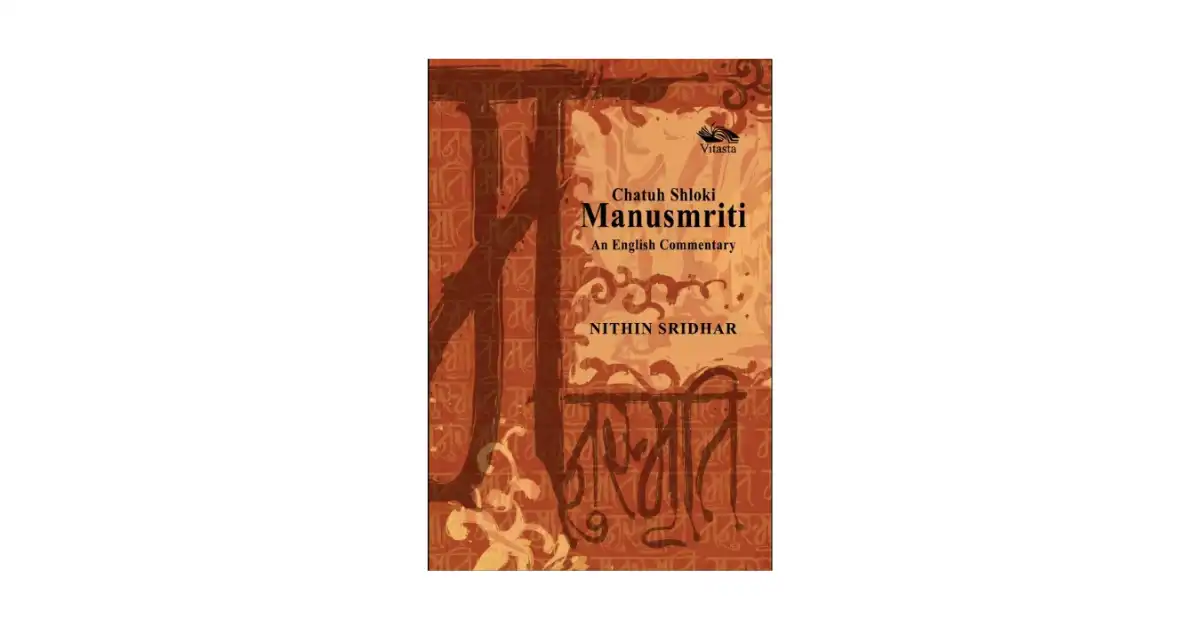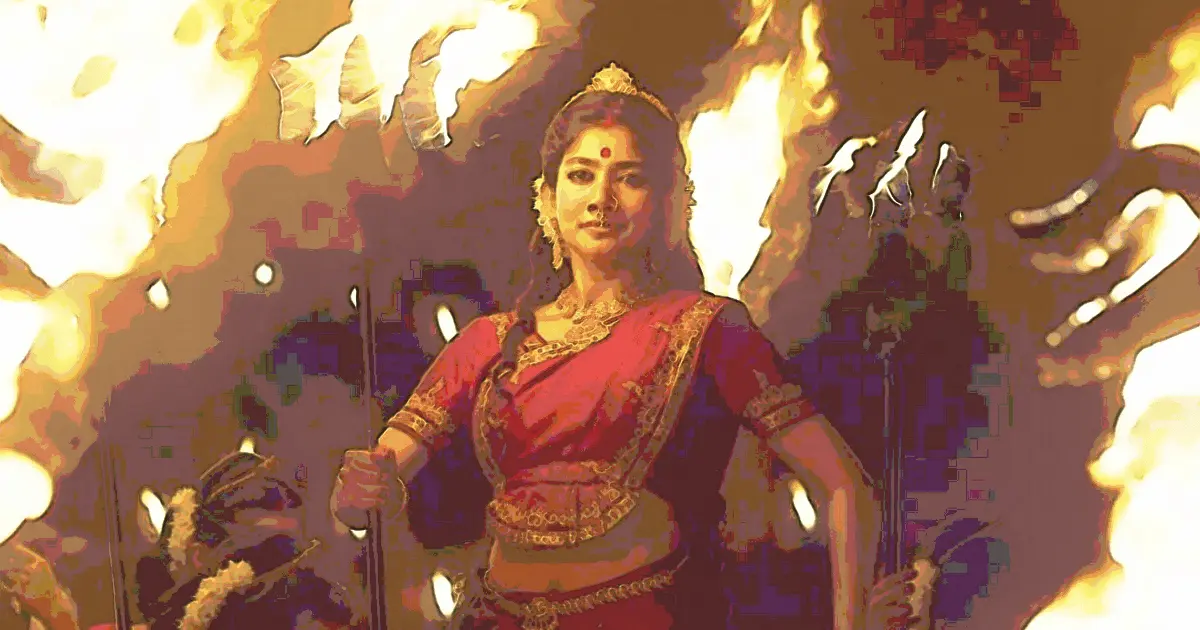Is being Hindu a crime?
Looking around the world today, we see Hindus being subjected to hate of various degrees. There is casual Hindumisia across the world due to non understanding of Hindu beliefs. There are politically and religiously motivated temple desecrations in Western countries. Then there are incessant instances of forced conversions and ethnic cleansing in the neighbourhood.
This hate is not recent, but the newfound political agency and communication ecosystem has enabled the Hindus to look at the bigotry a little closely.
As we slowly awaken and reopen our eyes, we must ask ourselves, what is the condition of Hindus in places which have been ripped off from the motherland in the name of islam?
Deep Haldar and Avishek Biswas’ new book, ‘Being Hindu in Bangladesh’ sheds light on the plight of our brethren across the eastern border, on their perennial wounds and the etymology of hate.
Author Deep Haldar has done an extensive study of the condition of Bangladeshi Hindus, with his earlier book ‘Blood Island: An oral history of the Marichjhapi massacre’ being a painfully factual account of the massacre of Bangladeshi Hindu refugees in West Bengal.
In this book, both authors have unravelled the pieces of the puzzle as to why a State which was supposed to be secular fell prey to religious extremism. Charting from the journey of betrayal at the hands of erstwhile ‘Hindu’ leaders, to subversion to documenting the lived experience of Hindus in Bangladesh today, the book covers wide terrain.
The hate that is directed against Hindus is purely religious in nature, that must be clarified from the outset. All other factors are supplementary to that fact. As the authors record in their book, Hindus live in terror every moment, dreading the whims and speeches of the ‘Huzoors’, who can incite mad crowds into rampage anytime. This was what happened during the 2021 anti-Hindu riots, when a muslim placed a quran at Śrī Hanuman’s feet, for which Hindus in Comilla and elsewhere in Bangladesh paid a price.
And it is not 2021 which is of importance here, but the historic template.
The history of Hindus in the region today known as Bangladesh is not just a history of subversion, going from majority to now a dwindling minority; but also of gullibility, treachery, and constant fear. Being Hindu in Bangladesh automatically implies being an agent of India, so much so that the Awami League, the party of Sheikh Hasina, is considered a party of Hindus, despite its ridiculous track record in Hindu protection. However, the Hindus of Bangladesh still have to repose their trust in the same, as the alternative is genocidal.
The roots of this alternative can be traced to the formation of Bangladesh itself. The authors show how the actors responsible for Hindu/Bengali genocide in 1971 were brought back to Bangladesh and given high positions of power. Their strong influence caused even the mention of toning down of religious fundamentalism blasphemous, and Bangladesh returned from the high point of near secularism to islam as state religion.
The reader may have read about Operation Searchlight which was the name for the genocide which Pakistan unleashed upon the people of Bangladesh, mainly Hindus. The authors bring some of its gory details to light; but more importantly, they hint at what the name implies. The searchlight was for detecting the remnant traces of Hindu-ness in the people, and crushing it out with terror.
A statement of the ‘Bangabandhu’ Sheikh Mujibur Rehman is constantly referenced in the book:
This country does not belong to Hindus. This country does not belong to Muslims. Whoever thinks this country is theirs, this country will be theirs. Whoever will feel happiness seeing this country prosper, this country will be theirs. Whoever will cry seeing this country sad, this country will be theirs. This country will also belong to those who have given away everything for this country's freedom and would do so in the future.
While commending the declaration, readers must also introspect as to why Bangabandhu then did not reunite his country with the original, given that the original professed very similar ideals. The answer is that everyone has washed their hands in the gullibility that flows from Hindus like the Ganga.
Innocent Hindus had trusted Jogendranath Mandal, who fled East Pakistan after seeing the monster he had helped create, leaving his followers in the lurch. Then again they trusted the call for Bangladesh, which exacted enormous costs, and which was again subverted through internal agents. And now they are hanging by a thread trusting the current political dispensation. Already, statistics show that Hindus have been migrating out of their ancestral homeland in droves, and the current population of Hindus in Bangladesh is 8.75%.
Travelling to and fro between India and Bangladesh, the authors have done painstaking research to highlight the suffering of people who are worse than refugees in their own country. They have delved into the stories of the people and their leaders, their tribulations and their aspirations, and their faith and their hopes. At the time of posting of this, Hindus everywhere are at risk of losing one of their treasured Śaktipīṭhas, Chandranath Mandir, to muslims in Bangladesh.
The anchor of policy should be civilizational, which in our case is the free practice of dharma, and the preservation and upkeep of our tīrtha-sthalas. Indian state must align itself with this reality and act accordingly.
What must be kept in mind is that the fight for Pakistan was not for land for muslims to live in separately, following their own beliefs and practices - they still live here and are provided full freedom to practice their faith (unfortunately). It was a fight for a State, the importance of which is obvious to any politically aware individual, but which eludes most Hindus. Works such as these hammer in the point of securing political power for dhārmikas.
It is a difficult read, but a must read for every Hindu.
